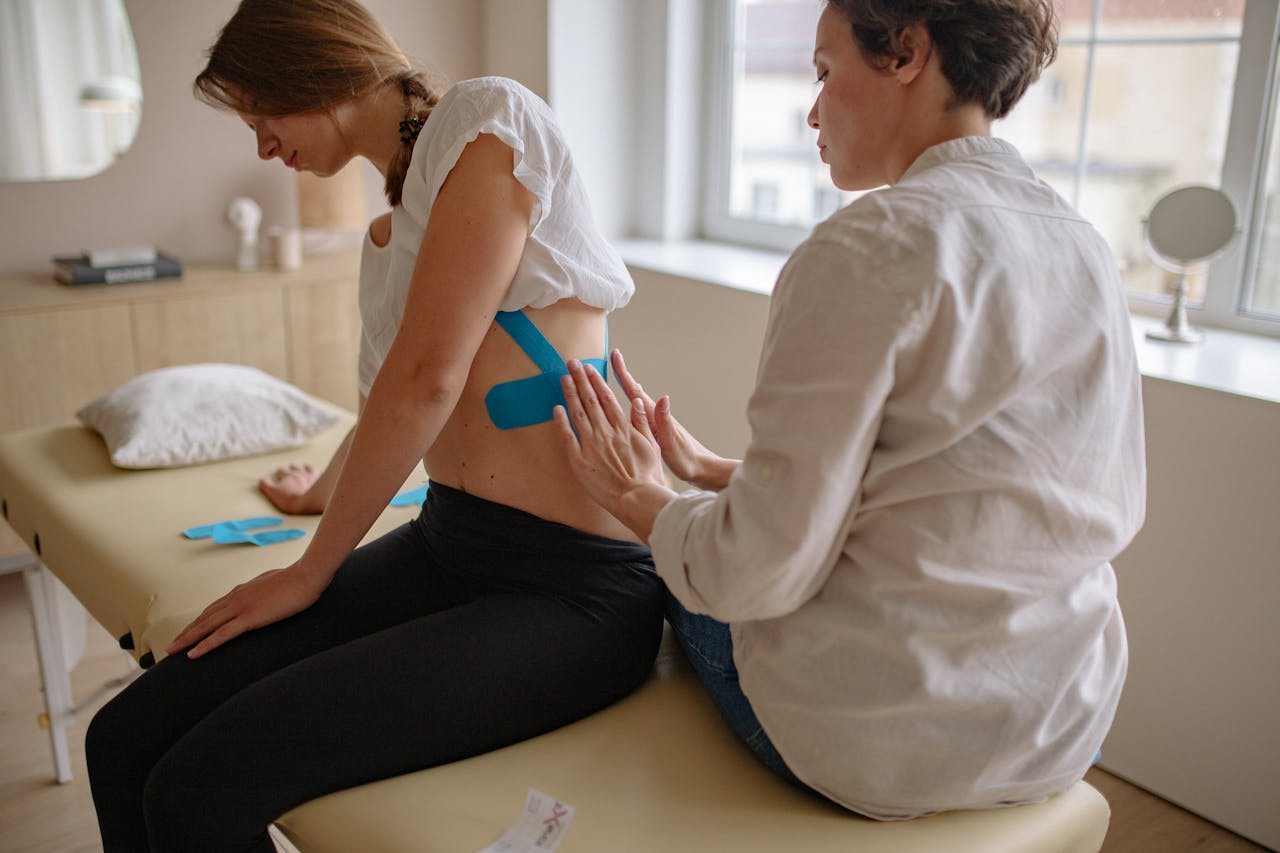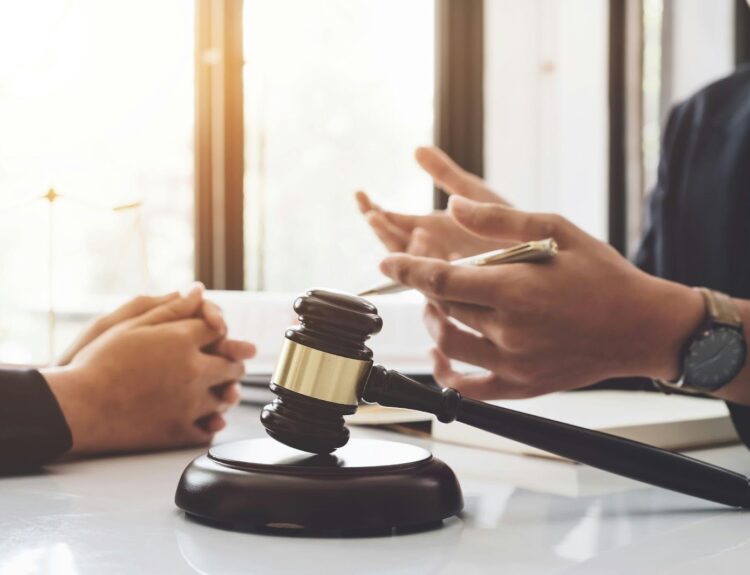Slip and fall accidents can happen to anyone, anywhere, and at any time. They often result in significant injuries and even long-term disabilities. Understanding the common causes of these accidents and learning how to avoid them can help reduce their occurrence. If you are dealing with the aftermath of a slip and fall, consulting Nassau personal injury lawyers from Trantolo & Trantolo can provide you with the necessary legal assistance. This article will delve into eight common causes of slip and fall accidents and offer practical tips to avoid them.
Contents
Wet and Slippery Floors
One of the most common causes of slip and fall accidents is wet and slippery floors. This can be due to spills, cleaning processes, or weather conditions like rain and snow being tracked indoors.
To prevent accidents caused by wet floors, ensure that any spills are cleaned up immediately and appropriate signage is used to warn people of wet areas. Use non-slip mats at entrances to catch moisture from shoes, and consider applying non-slip coatings on floors in high-traffic areas. Regular maintenance and prompt response to weather-related conditions can also significantly reduce the risk of slipping onto the floors.
Poor Lighting
Inadequate lighting can make it difficult to see obstacles and changes in walking surfaces, leading to slips, trips, and falls. This is especially problematic in hallways, stairwells, and parking lots.
Ensure that all areas, especially those with foot traffic, are well-lit. Replace burnt-out bulbs promptly and consider upgrading to brighter, energy-efficient lighting options. Motion-sensor lights can be an effective solution for areas that are not constantly in use. Regularly inspect and maintain lighting fixtures to ensure they are functioning correctly.
Uneven or Damaged Flooring
Cracked, torn, or uneven flooring poses a significant tripping hazard. Loose tiles, worn carpets, and raised edges are common culprits that can lead to accidents.
Regular inspections and maintenance of flooring are crucial. Repair any damage immediately, replace worn carpets, and ensure that tiles are secure. Use brightly colored tape to mark transitions between different flooring materials and highlight areas prone to tripping hazards. Keeping walkways clear of clutter can also prevent trips and falls.
Cluttered Walkways
Objects left in walkways, such as boxes, cables, and equipment, can create tripping hazards. Cluttered walkways are particularly dangerous in work environments where employees are frequently moving around.
Implement a clean-as-you-go policy to ensure that walkways are kept clear at all times. Encourage employees to store items properly and use cable covers to manage cords and wires. Regularly inspect the workplace for potential hazards and address them immediately to maintain a safe environment.
Improper Footwear
Wearing inappropriate footwear can significantly increase the risk of slipping and falling. Shoes that lack proper traction or support can be hazardous, particularly on slick or uneven surfaces.
Encourage the use of appropriate footwear, especially in work environments where slips and falls are a risk. Provide guidelines on suitable shoes that offer good grip and support. In workplaces, consider implementing a dress code that specifies the types of footwear required for safety. Educate employees on the importance of wearing proper shoes to prevent accidents.
Weather Conditions
Rain, ice, and snow can create hazardous conditions, both outdoors and indoors, when moisture is tracked inside. These weather-related factors are a common cause of slip-and-fall accidents.
Implement measures to address weather-related risks by using absorbent mats and non-slip rugs at entrances. Regularly clear walkways of snow and ice and apply salt or sand to provide traction. Educate employees and visitors about taking extra precautions during adverse weather conditions and encourage them to wipe their feet thoroughly before entering the building.
Inadequate Training
Employees who are not adequately trained in safety procedures are more likely to experience or cause slip and fall accidents. Lack of awareness and knowledge about potential hazards can lead to careless behavior.
Provide comprehensive training programs for employees that cover safety procedures and hazard recognition. Regularly update training to include new safety protocols and reinforce the importance of maintaining a safe environment. Encourage a culture of safety where employees feel responsible for not only their own safety but also the safety of their colleagues.
Poor Maintenance Practices
Neglecting regular maintenance of a facility can lead to various hazards that increase the risk of slip and fall accidents. This includes not repairing leaks, neglecting floor care, and ignoring safety inspections.
Establish a routine maintenance schedule that includes regular inspections and prompt repairs of any identified hazards. Prioritize fixing leaks, maintaining flooring, and ensuring that all safety measures are in place. Conduct periodic safety audits to identify potential risks and address them proactively.
Conclusion
Slip and fall accidents are common but preventable with the proper precautions. You can create a safer environment by addressing common causes, such as wet floors, poor lighting, uneven flooring, cluttered walkways, improper footwear, weather conditions, inadequate training, and poor maintenance practices. Taking these steps reduces the risk of accidents and promotes a culture of safety and responsibility. If you experience a slip and fall incident, seeking the guidance of personal injury lawyers can help you navigate the legal complexities and secure the compensation you deserve.




